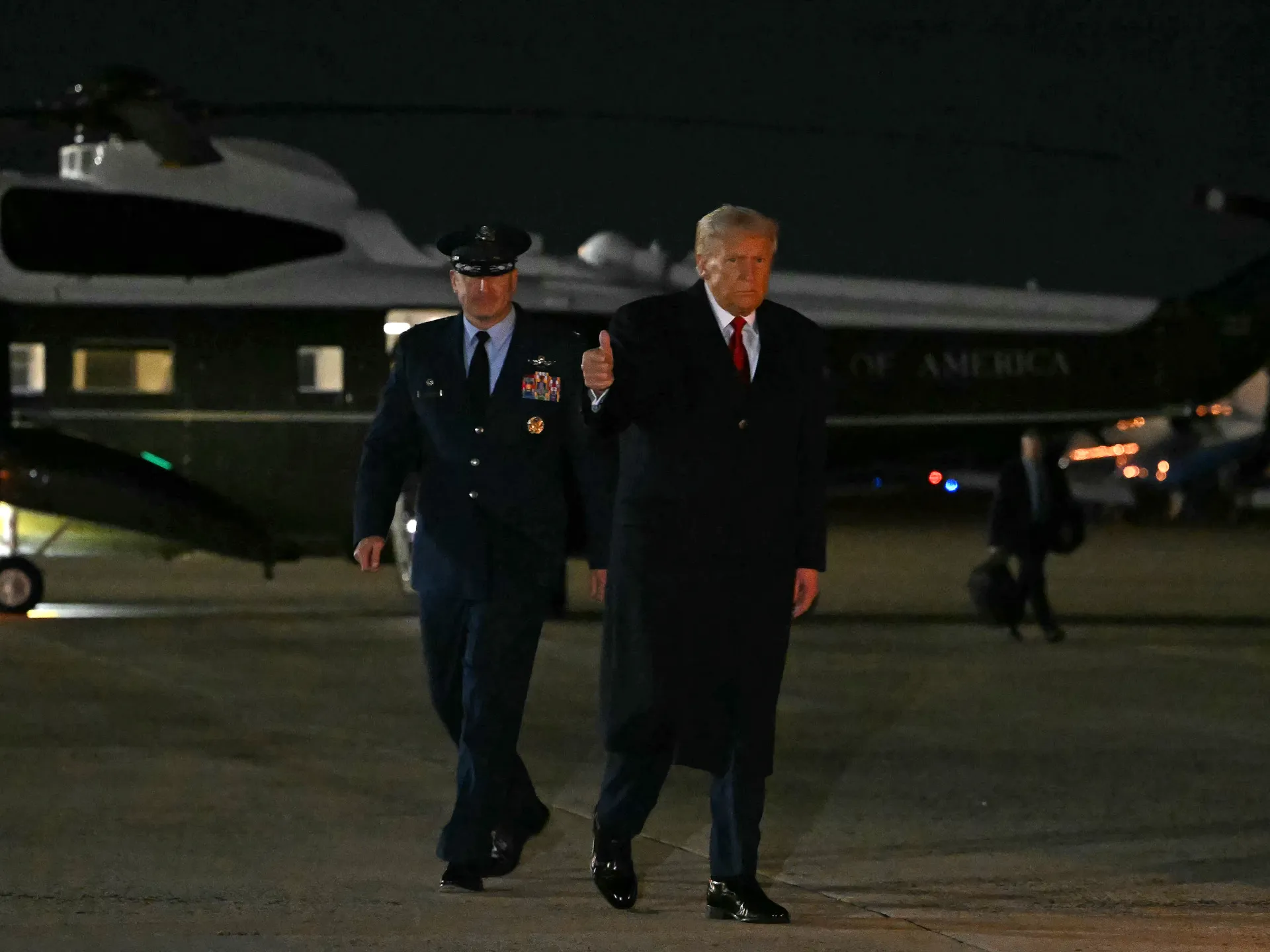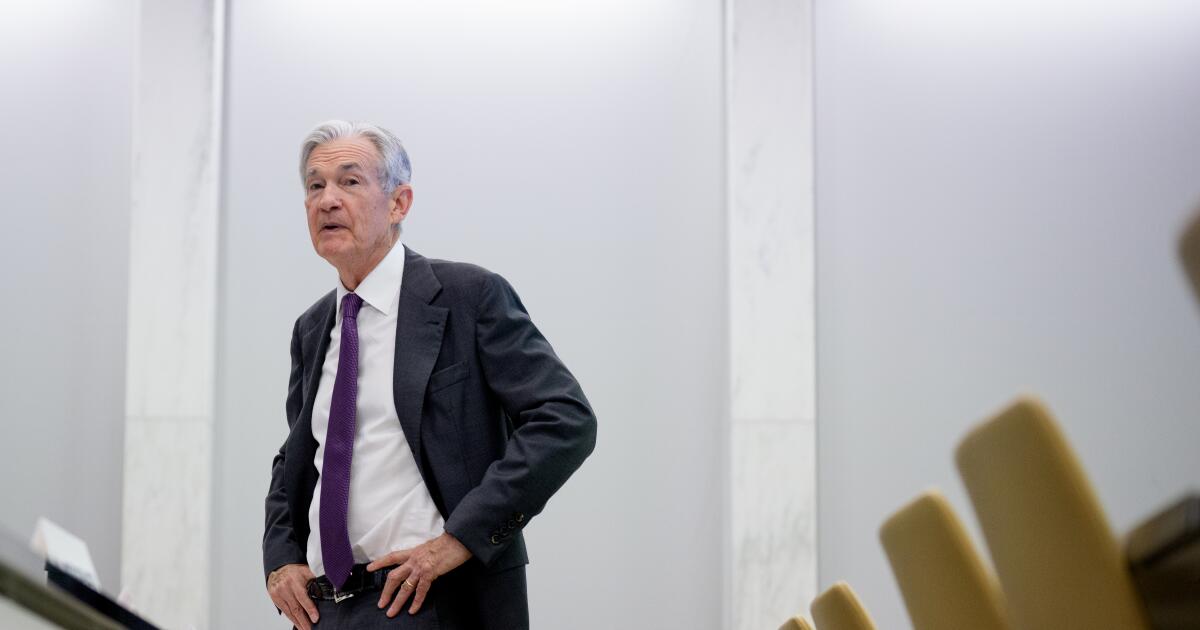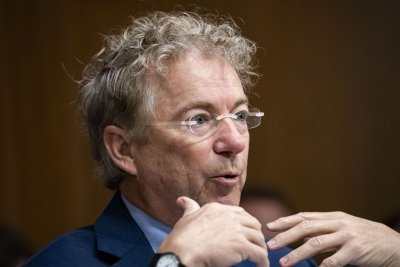Trump to arrive in Malaysia ahead of ASEAN summit amid trade tussles | ASEAN News
US, China officials begin trade talks in Kuala Lumpur to pave way for high-stakes meeting between Trump and Xi.
United States President Donald Trump is set to arrive in Malaysia for the first leg of a five-day trip that spans Japan and South Korea, his first to a region reeling from his aggressive trade tariffs since taking office in January.
Top economic officials from the US and China kick-started talks in Kuala Lumpur on Saturday on the sidelines of the Association of Southeast Asian Nations (ASEAN) summit, in a bid to chart a path forward after Trump threatened new 100 percent tariffs on Chinese goods and Beijing expanded export controls on rare earth magnets and minerals.
Recommended Stories
list of 3 itemsend of list
The talks aim to pave the way for a high-stakes meeting between Trump and Chinese President Xi Jinping on Thursday at an Asia-Pacific Economic Cooperation (APEC) summit in South Korea, which could bring some deals on tariffs, technology controls and Chinese purchases of US soya beans.
Trump will arrive on Sunday morning for his longest trip abroad since returning to the White House in January.
As he left the White House on Friday evening, Trump expressed confidence that he would have a “good meeting” with the Chinese leader. “We have a lot to talk about with President Xi, and he has a lot to talk about with us,” he told reporters.
Trump-Xi meeting
On Thursday, Trump will meet Xi for the first time since his return to office in South Korea’s Busan.
Trump has threatened to raise tariffs on Chinese imports to a total of some 155 percent from November 1 if a deal is not found. That would almost certainly provoke a reaction from Beijing and end a truce that paused tit-for-tat hikes.
Beyond trade, the two leaders are expected to discuss Taiwan, a long-running point of contention, and Russia, a Chinese ally now subject to expanded US sanctions over the war in Ukraine.
Trump also said he will likely raise the issue of releasing Jimmy Lai, the founder of the now-defunct pro-democracy newspaper Apple Daily. Lai is serving a prison sentence in Hong Kong under Beijing-imposed national security laws.
“It’s on my list. I’m going to ask … We’ll see what happens,” Trump told reporters.
Ahead of Trump’s visit for the APEC summit, thousands of South Korean protesters are holding a rally in downtown Seoul, condemning his tariff policies and pressure on South Korea to invest in the US.
ASEAN summit
After skipping ASEAN summits in 2018, 2019 and 2020, Trump, whose disdain for multilateralism is well-documented, will attend the gathering of Southeast Asian nations for the second time.
Several other high-profile leaders from non-ASEAN countries will also be present in Malaysia, including Japan’s new Prime Minister Sanae Takaichi, Brazilian President Luiz Inacio Lula da Silva, and South African President Cyril Ramaphosa.
This year’s ASEAN summit comes as Malaysia and the US have been working to address a deadly border conflict that fully erupted between Thailand and Cambodia in July before a ceasefire calmed hostilities.
On Sunday, Trump is scheduled to meet with Malaysian Prime Minister Anwar Ibrahim, who has been central in guiding and hosting Thai-Cambodian talks, and they may oversee the signing of a ceasefire deal between Thailand and Cambodia.
The deal would formalise an agreement that ended the worst fighting in years between the two countries, though it falls short of a comprehensive peace deal.
Trump threatened earlier this year to withhold trade deals with the countries if they didn’t stop fighting, and his administration has since been working with Malaysia on an expanded ceasefire.
The president credited Anwar with working to resolve the conflict. “I told the leader of Malaysia, who is a very good man, I think I owe you a trip,” Trump told reporters on board Air Force One.
The US leader on Sunday may also have a significant meeting with Lula, who wants to see the US cut a 40 percent tariff on Brazilian imports. The US administration has justified the tariffs by citing Brazil’s criminal prosecution of former President Jair Bolsonaro, a Trump ally.
Lula on Friday criticised the US campaign of military strikes off the South American coast in the name of fighting drug trafficking and said he planned to raise concerns with Trump in Malaysia. The White House has not yet publicly confirmed whether a meeting is taking place.


